Circular economy is not a long difficult journey, it’s a quick easy choice between binary options.
(This article in norwegian)
The 8th March 2016 is an important day for everyone concerned about resource consumption and waste issues, including climate change. It’s the 50th anniversary of the solution to these problems being offered by Kenneth Boulding. Boulding’s poetic vision of a future ‘spaceman economy’ on a ‘spaceship Earth’ more than encompassed today’s vision of a ‘circular economy’. He set us the challenge that ‘man must find his place in a cyclical ecological system which is capable of continuous reproduction of material form’. The economy must ensure that resources are continually renewed, not abandoned and lost as wastes.
Given 50 years to work on this challenge, how have we done? Would Boulding be proud of our progress? The world has not been idle. A global environmental movement of millions of people has undertaken millions of initiatives every year for decades. The circular economy vision has been reinvented and relaunched with new language roughly every decade since the 1960s. There have been multitudes of conferences, hefty reports and case studies of circular resource flows. All that’s missing is any actual circular economy.
Today we collectively get through four times more of the Earth’s resources every year
When Boulding pointed out the option of running the economy without destroying the resources it depends upon, annual global materials consumption was around 20 billion tonnes. Today we collectively get through four times more of the Earth’s resources every year, around 80Gt. As little as 6% of this is recycled into circular flows. Boulding’s warning that “the atmosphere may become man’s major problem in another generation” turned out to be well-founded. The reckless, exploitative and violent behaviours characteristic of Boulding’s ‘cowboy economy’ remain pervasive.
We shouldn’t assume we have another 50 years to make circular economy happen. So what should we assume? The easiest assumption, that our problem-solving is on the right track, offers the least incentive for new thinking. The toughest assumption, that our efforts been on the wrong track for 50 years, offers the greatest scope for disruptive thinking and new possibilities. Real solutions to looming global problems remain possible to the extent that we can look beyond conventional solutions. Ending our collective self-destruction requires first ending our collective self-delusion, which I call the solution delusion.
Tackling the solution delusion is a special category of problem, deeper and less tangible than the logistical challenge of realigning product designs and business model designs so resources flow one way rather than another. For 50 years the solution delusion has been the problem we least want to face, because it insulates us from our persistent failure with sustainability. As the tangible local and global consequences of a non-circular economy become more overwhelming, we rely even more on it to make all these problems feel less overwhelming.
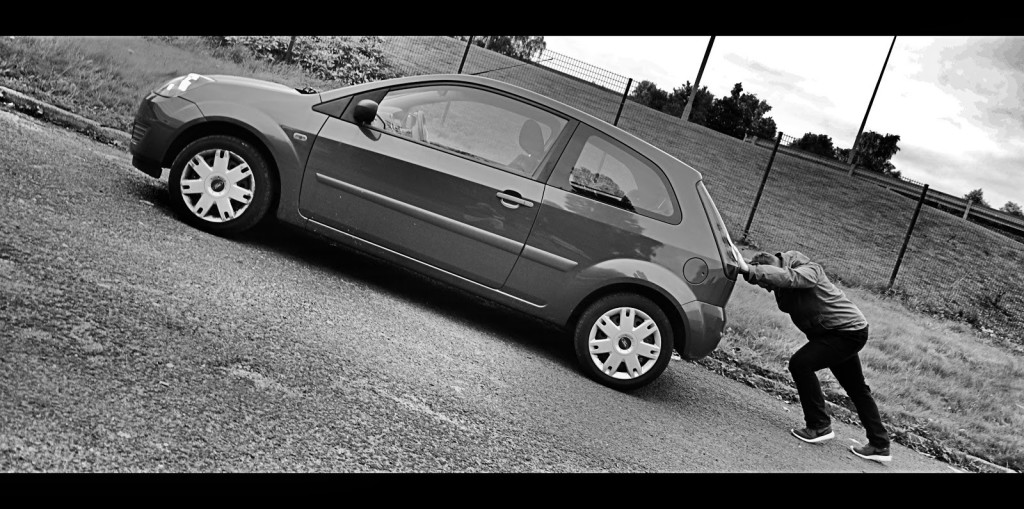
Can we overcome the solution delusion and make circular economy happen for real? Certainly, if we are willing to tackle our self-delusion as well as our self-destruction. We can be aware not only of global problems and of practical solutions but also of the likelihood that some of our most common ideas on these topics may be unintentionally reinforcing the systems we seek to change – even when we talk about system change and struggle to make it happen. It may turn out that the biggest struggle with system change is not to do it, but just to see how to do it.
Our minds trick us into translating big visions such as circular economy into the smallest initiatives that we can fool ourselves into calling ‘ambitious’. Initiatives based on long-established methods, within areas of expertise where we are most familiar, are everywhere most favoured. The assumed theory of change is that gradual incremental improvements will add up over time to trigger a spontaneous shift to a new status quo, where people’s values and behaviours align with sustainability imperatives.
The economics can be set up to either incentivise or ignore the need to preserve current resources as future resources.
The alternative viewpoint is to be wary of the solution delusion. We can deliberately cultivate the non-incremental non-reductionist thinking that is trained out of us by our education, our jobs and a half-century of too-big-to-admit collective failure. From this viewpoint, circular economy is not a long difficult journey, it’s a quick easy choice between binary options. Resources become either new resources for nature or for people, or wastes in land, air or water. The materials in a shoe, a phone, a chemical or a building can become in future either new resources or wastes. The same binary choice applies to economics as a whole.
The economics can be set up to either incentivise or ignore the need to preserve current resources as future resources. Today it’s set up as linear economics, to generally ignore the systematic conversion of all kinds of resources into wastes, causing diverse problems and diverse exponential threats. This choice of economic models is not the outcome of an international committee of experts that meets every year, weighs up both options and votes to proceed with global self-destruction. It’s the default; it’s the choice we get when we don’t make a deliberate choice. It has remained the default for the past 50 years even whilst the other choice was constantly available.
Conventionally, circular economy has ended up being about design choices in the economy. It has become the logistical challenge of rearranging products and businesses so fewer resources get trashed. What has been missed is the design choices of the economy. We could, if we weighed up the options and made the decision, simply replace linear economics with circular. Ordinary market forces, of prices guiding decisions, would then take care of the logistics just as it does today when linear outcomes prevail. As a bonus, the new economics would define a new cultural reality that guides new default values and behaviours.
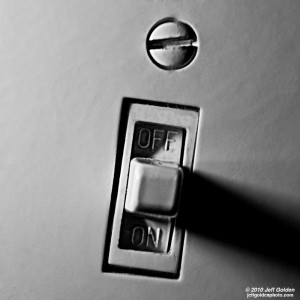
The circular economics to get circular economy is simple, though it departs radically from traditional proposals for green economies such as taxes, cap and trade, recycling fees and degrowth. To anyone pursuing incremental reductionist change, circular economics might look like theoretical nonsense. For a start there is a new term to encompass the range of possible practices in switching to circular resource patterns. Existing language could only specify individual practices such as recycling or energy efficiency or biodegradability.
‘Precycling’ is action taken now to ensure that something does not later become waste in any ecosystem. This pre-waste focus corrects the systemic error of trying to manage waste when it’s too late, at the point when all that people can think about is how to get rid of it. For example preparing for recycling, by a new product design or setting up boxes for different materials, is precycling. Waste management is the subsequent collection and recycling of the discarded materials. In one way or another every product can be precycled, so none need become wastes. Every household, business and community can prevent future waste by precycling.
Today there is no effective incentive to get everyone precycling. Every item that ends up dumped in landfills, burnt in an incinerator or discarded in oceans is a glaring clue about missing or misguided incentives. If not ignored, these clues tell us that the conventional ragged patchwork of incentives, targets and regulations, to encourage for example more recycling or less landfilling, is futile against the scale and urgency of the challenge. Circular economics can create a circular future for products of all kinds by quickly installing an effective incentive at the necessary scale, throughout the whole economy.
No existing economic tool is adequate for circular economics.
Circular economics can be based on financial responsibility for the circularity of market decisions rather than intervention in those decisions. This responsibility can be fairly shared among all market participants via prices but first it needs to be allocated somewhere. Producers are given this responsibility since their decisions have the biggest influence over the circularity of their products. They should be responsible for the quantifiable likelihood of their product ending up as waste in land, air or water ecosystems, which I call ‘waste-risk’.
No existing economic tool is adequate for circular economics. My proposed new tool extends existing producer responsibility and recycling insurance from just recycling particular product types to all the ways of preventing all products from becoming wastes. Producers pay a ‘precycling premium’ to insurers according to their product’s waste-risk. Premiums go into an independent ‘circular fund’ which receives crowdsourced proposals for activities that contribute to cutting waste-risk throughout society. The circular economics would then pay to build the circular society.
What will this mean in practice? For example, fossil fuels, nuclear fuels, biofuels and all the equipment to make and use them are products. Even solar panels are products. Each of these has a waste-risk that can be used to calculate a premium to account for their compatibility with a circular future. Materials with high waste impacts, such as greenhouse gases and radioactive wastes, would pay higher premiums which would be reflected in energy prices. These prices will carry a strong message for shoppers and investors, whether or not they care about climate or circular economy or sustainability.
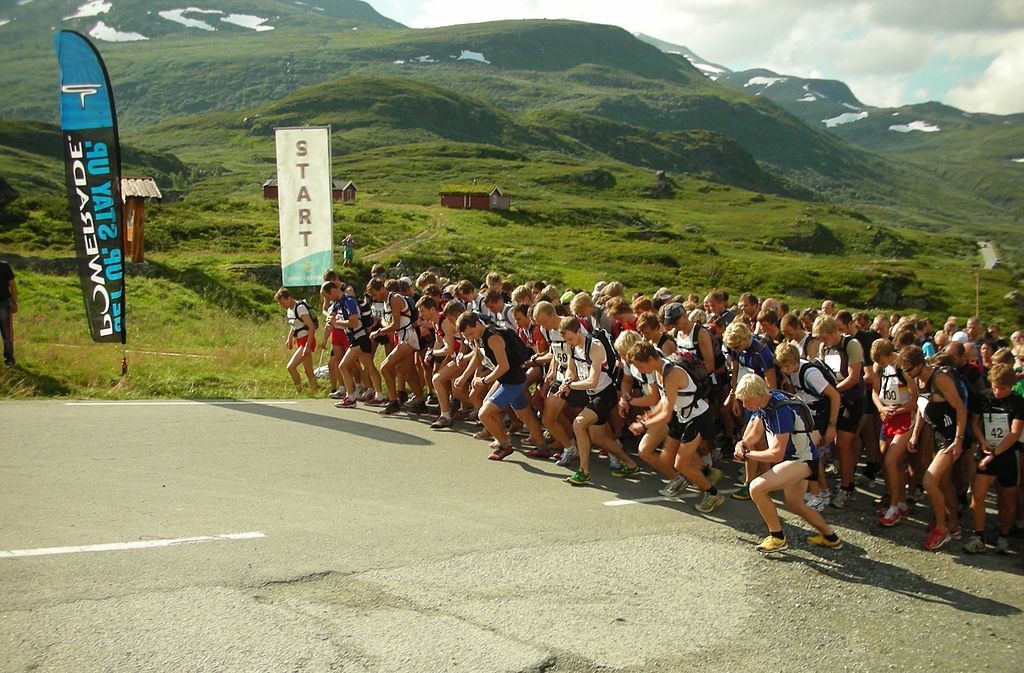
Precycling premiums also carry a strong message when they are spent; ‘we’re serious about making a circular society and here’s the money to make it happen’. For example, premiums from high waste-risk fuels are not just an effective way to price carbon. The premiums are spent throughout society to phase out our waste-dumping habits, including our dependence on burning fossil fuels. Premiums would support work to boost energy efficiency and substitute fossil infrastructure with renewables. Funds would be available for expansion of ecosystems, which regenerate dispersed wastes into new resources for nature and people.
What would everyone do in a future of circular economics? Firstly, those who have been saying they want circular economy would ask governments to institute circular economics. Governments would legislate, potentially across regions such as the European Union. In order for precycling premiums to be accountable, governments would regulate to ensure transparency, fairness and effectiveness but they would not handle the funds. Scientists would provide a template for producers to calculate their waste-risks. Insurers would collect premiums from producers, which would then be spent cutting waste-risk everywhere. The public would provide crowdsourced oversight.
This is the moment in history when we will continue with the default solution delusion – or choose to meet this challenge.
What would happen to conventional regulatory options such as targets, taxes, bans, product design rules and public procurement criteria? With circular economics in place, these would be little needed, just as today’s linear economy is able to generate massive waste without explicit targets and rules to encourage waste. However conventional regulation can still express a nation’s particular concerns. For example, tougher targets for cutting emissions can inform higher premiums for products with high risks of becoming emissions. Green public procurement or subsidies can support favoured solutions.
The precycling approach to circular economy is a fresh response to Kenneth Boulding’s 50 year old challenge. This is the moment in history when we will continue with the default solution delusion – or choose to meet this challenge. We will continue to explore how much circularity is possible within the default linear economics – or how fast circular economy is possible within new circular economics. We will continue to struggle with the default of accelerating unsustainability – or we will learn to correct the systems that keep causing it. I hope you will join me to help make this choice!

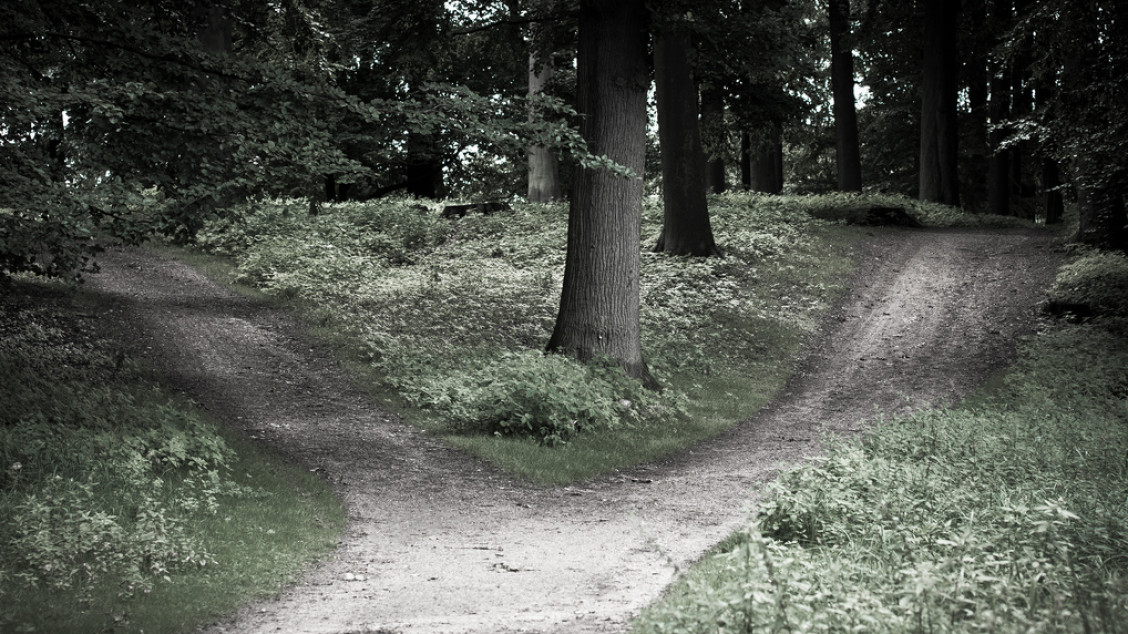



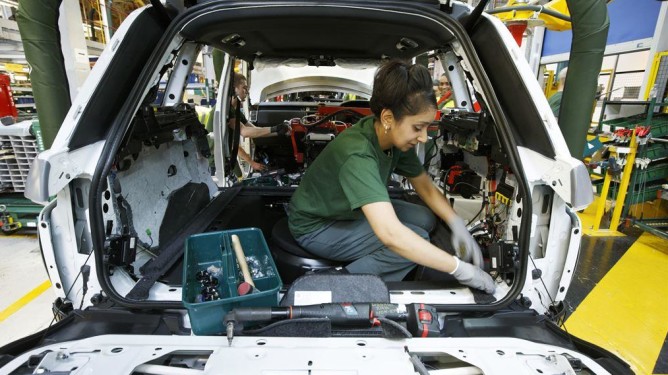
Kommentarer